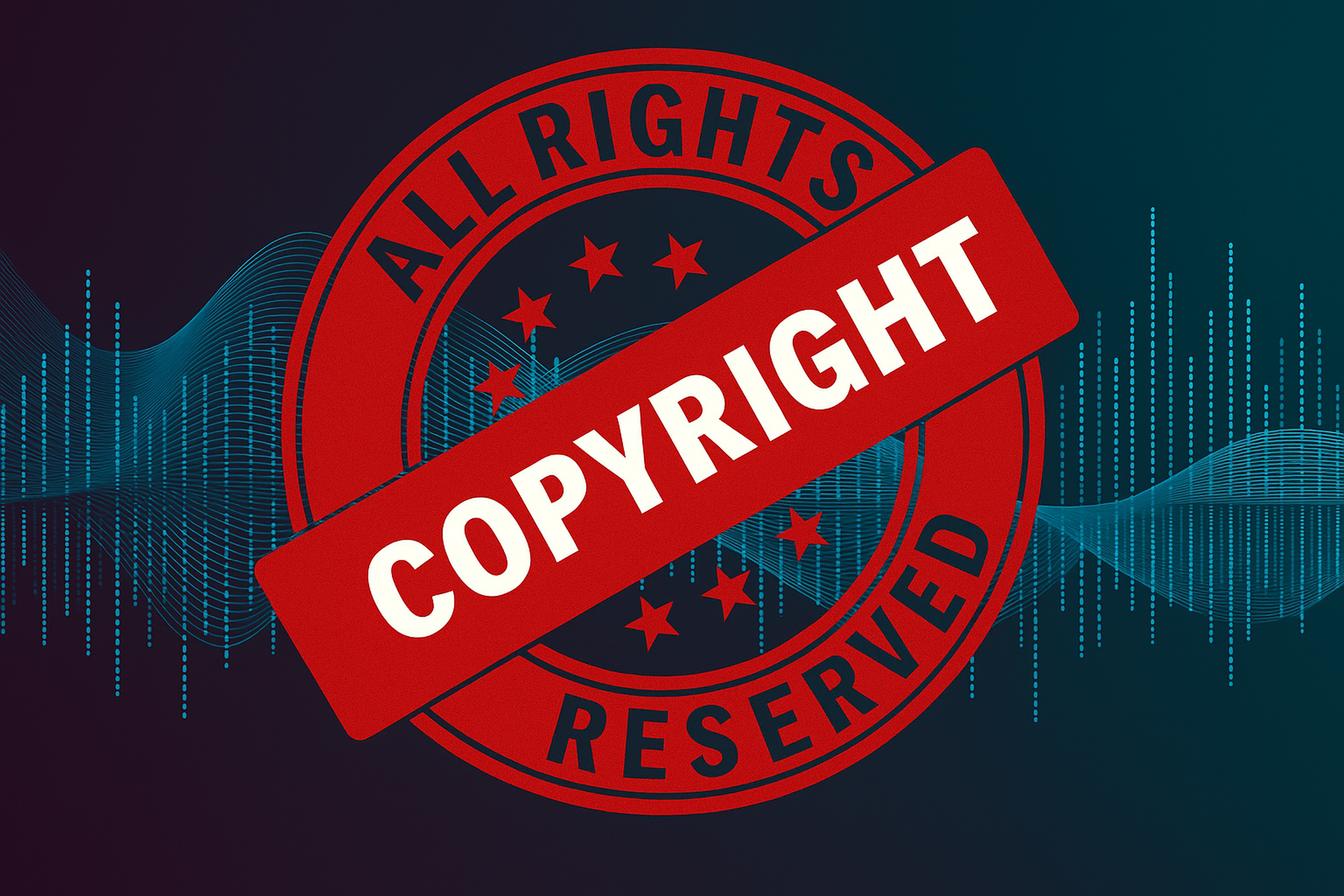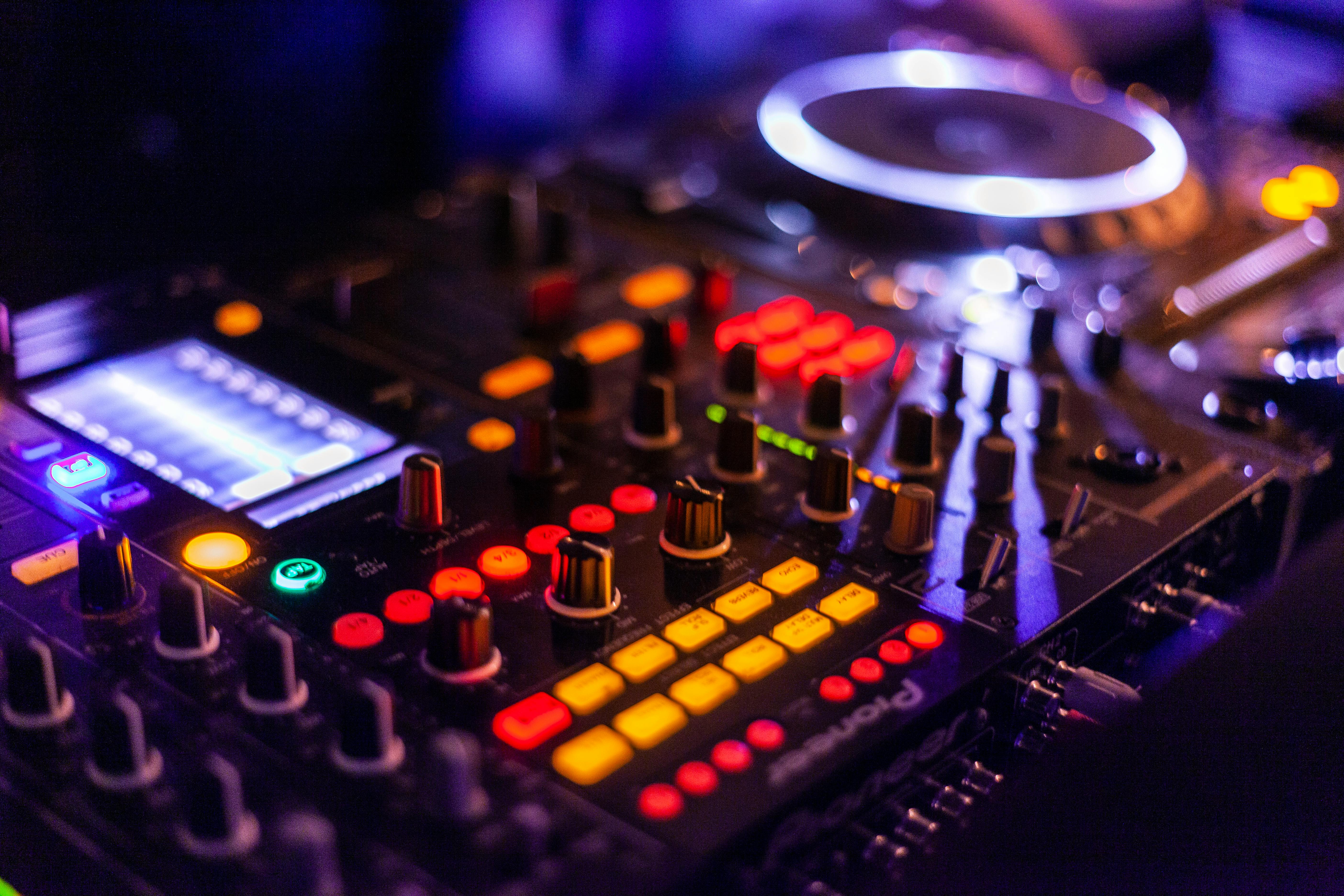Music & IP Licensing (JASRAC/NexTone) for Events
Author
Jack
Date Published

Music transforms an event’s atmosphere, but in Japan it also introduces legal obligations. Every track played during registration, every award cue, and every streamed clip falls under the jurisdiction of JASRAC or NexTone. These are two collective rights organizations managing most domestic and international works.
Unlike many regions where hotels or agencies absorb these costs, Japan’s system assigns responsibility directly to the event organizer. Even background BGM or walk-in music counts as a “public performance” that must be reported and cleared. The goal is not just compliance but reputation. Organizers who ignore licensing risk post-event claims, takedowns, or penalties.
This guide explains when licenses apply, how rates are structured, and what documentation safeguards organizers during live, recorded, or streamed events.
When Licenses Are Required
Licenses are mandatory whenever music is heard by a public audience—live or recorded. JASRAC and NexTone classify music use by three main actions: performance, reproduction, and transmission. Any of these trigger licensing when the use extends beyond private enjoyment.
Live performance: applies to concerts, gala acts, or walk-in bands.
Recorded playback: includes BGM, videos, and DJ sets.
Streaming or archiving: covers broadcasts, hybrid events, and on-demand playback.
Key points:
- Public use includes all audiences outside private scope.
- Each format (live, recorded, streamed) needs a separate license.
- Filmed or streamed sessions require digital rights.
Checklist for planners:

I include a clause in performance agreements requiring artists to confirm that all songs in their setlists are pre-cleared for public use.
Planners should finalize music licensing alongside AV design to ensure technical delivery aligns with legal coverage.
Rates: Live, Recorded, Streaming
Licensing rates in Japan vary by audience type, duration, and media format. JASRAC and NexTone apply standard frameworks so planners can estimate cost before filing.
The table below outlines indicative 2025 rates for common event categories.
Type of Usage | Example | Base Fee or Rate Range (JPY) | Licensing Authority | Notes |
|---|---|---|---|---|
Live Performance | Gala act, concert, band at reception | 1.5–2% of ticketed revenue or event value | JASRAC / NexTone | Covers performance and composition rights |
Recorded Playback (BGM) | Walk-in, break music, video background | ¥3,000–¥10,000 per room per day | JASRAC / NexTone | Depends on space size and audience capacity |
Streaming / Hybrid Broadcast | Live webcast, post-event stream | ¥10–¥20 per viewer or 1.5–3% of gross fee | NexTone | Requires digital transmission rights |
Archival Footage (On-demand) | Uploaded recordings, recap video | Negotiated, typically ¥10,000–¥30,000 per title | JASRAC / NexTone | Needs synchronization and reproduction rights |
These figures help planners anticipate budget exposure before submitting detailed usage data. Rates vary by duration, territory, and number of works used.
Key points:
- Live, recorded, and streamed formats are billed separately.
- Online distribution always needs a second layer of licensing.
- JASRAC and NexTone use similar application forms but different catalogs.
- Late reporting can double fees.
Checklist for planners:
In my financial workflow, I add a clause assigning responsibility for all royalty payments to the production lead, ensuring invoices close within thirty days.
Planners should start licensing dialogue at least one month before the event date to secure timely approval codes.
Venue-Provided BGM vs. Organizer Liability
Music within Japanese venues falls under two very different systems.One is venue-provided background BGM and other is event-supplied content. Many hotels and convention centers hold their own ongoing JASRAC BGM license, which covers ambient lobby or restaurant music only. That coverage stops the moment a planner selects or introduces music independently.
The table below contrasts these two responsibilities clearly:
Aspect | Venue-Provided BGM | Organizer-Supplied Music |
|---|---|---|
License Holder | Venue (hotel or convention center) | Event organizer or production company |
Scope | Continuous in-house BGM, pre-approved playlists | Any custom playlist, live act, DJ, or video content |
Responsibility | Venue handles reporting and fees | Organizer must apply and pay separately |
Playback Source | Venue’s fixed system | Organizer’s AV system, USB, or external stream |
Common Misunderstanding | Organizers assume venue’s license covers all areas | Venues only cover house BGM; event use is separate |
This difference matters during inspections or audits. When JASRAC staff check public spaces, they assess which entity selected and played the track. Liability always follows the party who decided the content and not who owned the speaker system.
Key points:
- Venue BGM licenses cover fixed background channels only.
- Organizer-selected tracks are self-liable.
- DJs and bands must file their own usage lists.
Checklist for planners:
I include a clause defining licensing responsibility by content source, signed by both venue and organizer.
Planners should document this division before show day to prevent overlap or unlicensed playback.

Cue Sheets and Reporting Workflow
After the event, cue sheets verify how music was used. Organizers must submit these forms to JASRAC or NexTone, listing all titles, composers, and performance types. The process ensures royalties reach rightful creators and maintains transparency for future licensing.
Cue sheets are usually filed within seven days of the event or alongside final payment. They include both live and playback tracks, including rehearsals if music was audible to an audience.
Key points:
- Cue sheets list every song performed or played.
- Submissions close within one week post-event.
- English titles are accepted if ISRC codes are attached.
- Online forms simplify multiple entry uploads.
Checklist for planners:
I include a clause requiring the production team to finalize cue sheets and submit receipts together with closing documents.
Planners should treat music reporting as part of event reconciliation, not an optional follow-up.
Common Pitfalls and Safe Alternatives
Even experienced planners make licensing mistakes in Japan because the rules differ subtly from Western markets. Most issues arise from assumptions rather than neglect.
Pitfalls to Avoid
- Using commercial music without filing under the assumption that venue coverage applies.
- Playing short excerpts or remixes believing they fall under “fair use”.
- Streaming recorded sessions with background music not licensed for digital transmission.
- Purchasing “royalty-free” tracks without checking thier use.
Safe Alternatives
- Use production-library music where rights are explicitly stated.
- Commission original compositions.
- License directly from independent composers or agencies.
- Confirm every usage right in writing.
Choosing verified sources not only avoids compliance risks but also simplifies budgeting: pre-cleared music can be reused across multiple programs without additional filings.
I include a clause in supplier contracts stating that all sound material entering the event must carry written proof of ownership or usage license.
Planners should integrate music sourcing into the creative process from day one—treating rights as an artistic foundation, not an administrative afterthought.
FAQs
1. Are live bands responsible for their own licensing?
No. Organizers remain liable unless written exemption transfers responsibility to the artist.
2. Does free admission exempt an event from licensing?
No. Public performance rights apply regardless of ticketing or profit.
3. Can foreign organizers pay JASRAC fees from abroad?
Yes. International payment is allowed, but a Japan-based entity must file the report.
4. Are recap videos or livestreams included in the same license?
No. Online or recorded use needs separate synchronization and distribution rights.
5. What kind of music is completely safe to use?
Only public-domain works or newly commissioned compositions with explicit clearance for event and online use.
Conclusion
Licensing compliance in Japan is less about paperwork and more about responsibility. By defining who selects the music, clarifying which society manages the rights, and filing cue sheets on time, planners avoid penalties while supporting artists transparently.
Planners should confirm license type during production scheduling, secure written approvals before rehearsals, and finalize cue sheet submission within seven days post-event for full compliance and peace of mind.
Share your event details or music usage plan with us to receive a customized licensing checklist, rate estimate, and reporting template within seven business days.